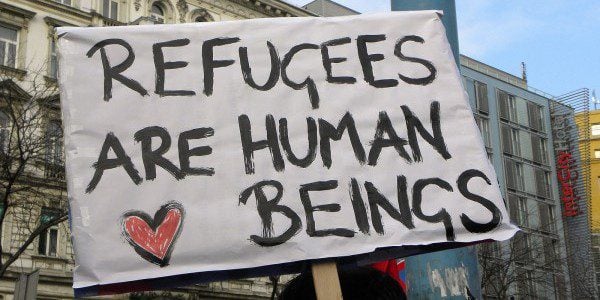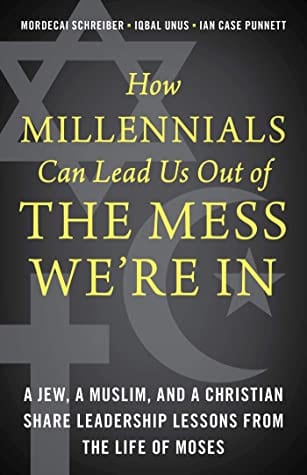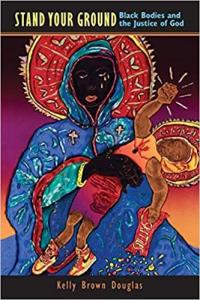Jesus’s life started like so many other unfortunate ones across the globe. As a refugee. As a migrant.

Warned of this by an angel in a dream, Joseph takes Mary and Jesus and heads to Egypt. This is a clear reversal of the Exodus story in the Hebrew Bible, when Moses leads the Israelite out of Egypt to escape the Pharaoh’s oppressive ways. But Jesus, presented as the “new Moses” in Matthew, flees into Egypt, out of Galilee, to escape king Herod. Then, he would come “out of Egypt” again, to save his people.
Joseph, Mary, and infant Jesus traversed borders. Left their homeland; embracing risk to escape danger. They stayed in Egypt, perhaps for a few years (acc. to Matthew’s account). Presumably the young, poor, migrant Jewish family found some help, some hospitality, some hope in that foreign land. It’s possible (likely, some say–see Daniel Carroll’s Christians at the Border, p. 105) that their destination in Egypt was Alexandria–where there was a significant Jewish population.
Even so, they would have been foreigners, strangers, migrants, refugees. Vulnerable, but hopeful. Dependent on the hospitality of others.
The Messiah, the son of David, the son of God, was a migrant and a refugee to start his life.
When I read yesterday about the 500 migrants who died in the Mediterranean sea, fleeing Libya to Italy–desperate for a better and safer life for their themselves and for their families, I thought of Jesus. I thought of his humble beginnings, his family’s desperate journey to an unknown land, a land where they were undocumented, but taken in all the same.
In an essay about Jesus as refugee in the gospel of Matthew, Ched Myers writes,
Matthew speaks frankly about political violence, displacement, and danger–which is to say, of real life as it is for the poor. Here is a story for our world, which still teems with refugees, lamenting mothers, and the duplicitous schemes of the powerful. But this is the world in which God is with us, into which God has come and yet will come. The only question is, will we recognize the presence and act accordingly?
The presence of the most vulnerable among us offer a window into the human heart: its capacity for both evil and for good, for exclusion and embrace, for rejection and for hospitality.
It also offers a window into God’s nature and heart.
Jesus was a migrant and a refugee. He was also the “image of the invisible God.”
If Jesus’ heart tilted toward the poor, the marginalized, the vulnerable, the down-and-out, the “least of these,” then God’s does too.
What about ours?











